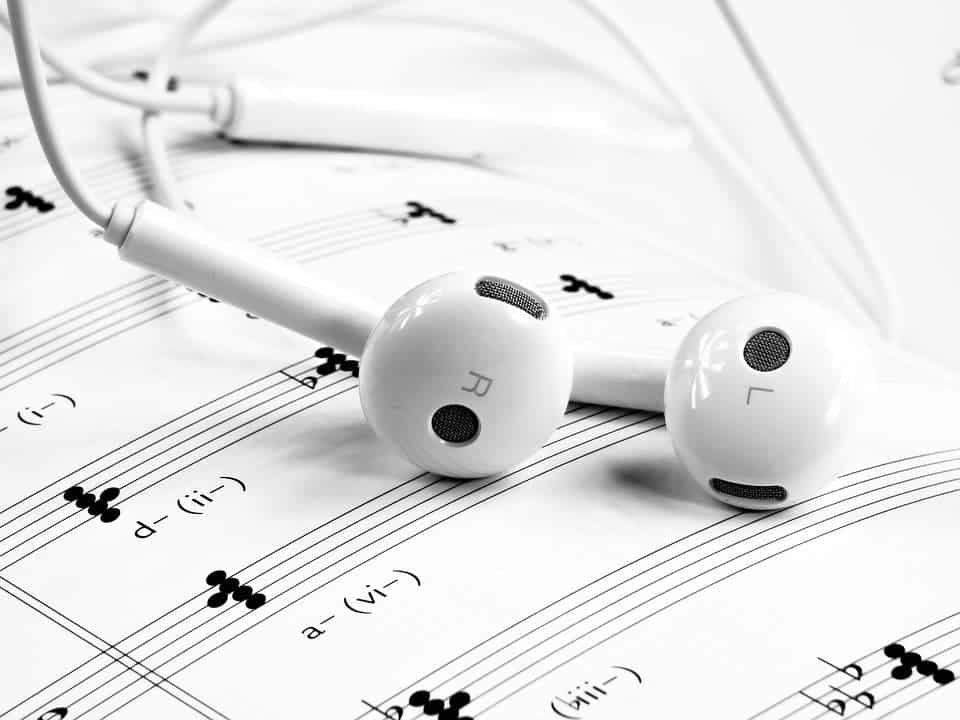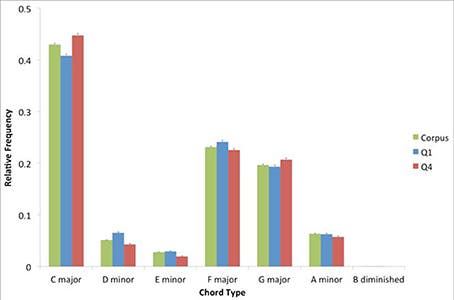
Music is literally a rewarding experience which activates neural circuits such as those associated with food or sex. It doesn’t necessarily happen for all kinds of music, though. Why is that? Not much is known about the structural aspects of music that elicit this sort of response — but we seem to be getting there.
Neuroscientists at Georgetown University, Washington, propose two hypotheses that explain why people prefer certain songs over others. The first, called the Absolute-Surprise Hypothesis, simply states that unexpected musical elements or phrases are rewarding. The second, the Contrastive-Surprise Hypothesis, suggests bridging unexpected and subsequent expected events leads to an overall rewarding sensation.
Who doesn’t love a surprise?
The Absolute-Surprise hypothesis is predicated on the notion that surprise is a good thing or valuable for the person perceiving it. Musical surprise, or processing harmonically surprising sections of music, is associated with dopamine release, and therefore with reward response. The Contrastive-Surprise hypothesis, on the other hand, is premised on surprise being bad for the listener, in line with the idea of contrastive valence, which attributes one type of a listener’s enjoyment of music to a release from the tension induced by surprise.
Measuring or quantifying expectations, however, might sound daunting but the team was up to the challenge. Luckily, the researchers had a great helping hand: a useful statistical framework called information theory. This probabilistic framework can offer information about deviations from expectations. As such, within an information theory framework, surprise is nothing more than a mathematical measure of how much an event deviates from expectations. This means we can use mathematical methods to analyze these expectations and the deviations away from them.
For their paper, the researchers studied available dataset featuring transcriptions of 732 Western popular music songs chosen at random from the Billboard Hot 100 charts over a 34-year period, extending from 1958 to 1991.
“The goal of this statistical analysis is to learn more about how the brain processes music, by examining the structure of music that is preferred. A similar statistical approach has been used to study the neuroscience of the visual system. The principle behind this approach is that one can often explain the mechanisms of a brain sensory system as optimized processors for ecologically important stimuli,” the authors wrote in Frontiers in Human Neuroscience.
In order to examine a single uniform measure of surprise, the researchers were careful to transpose all their songs to a common key, which was C major. Songs that were in a minor key or featured within-song modulations were excluded. In the end, they were left with 545 Billboard songs to analyze.
The next step was to group the songs into quartiles, based on the peak Billboard chart position of each song. The top quartile (Q1) represented widely preferred songs and the bottom quartile (Q4) represented less widely preferred songs.
In both quartiles, the pattern of chord prevalence was strikingly similar, where chord I (the root chord) is followed by V (dominant chord) and IV (sub-dominant chord).

Moving on to the statistical analysis of the harmonic structure of popular music, the authors determined the mean surprise of songs in top (Q1) and bottom (Q4) quartiles using an equation that essentially determined how varied the chord progression were compared to the mean variations found in the entire corpus of 545 songs.
The authors found Q1 songs had significantly higher overall mean surprise than Q4 songs, which supports the Absolute-surprise Hypothesis, “providing evidence that moderate increases in the absolute level of surprise of a song may indeed drive music preference upward.”
To test the Contrastive-Surprise Hypothesis, the researchers had to analyze the transition between sections, typically verses, choruses and bridges. They measured the standard deviation of average surprise values for the different sections within each song, and then compared the values for Q1 to the corresponding values for Q4.
“Standard deviations of average surprise for sections within individual songs were significantly higher for Q1 than for Q4. Therefore, the Contrastive-surprise Hypothesis is supported by our data, providing evidence that the juxtaposition of high-surprise sections and low-surprise sections may indeed drive music preference upward,” the authors wrote.
“Although these hypotheses seem contradictory to one another, we cannot yet discard the possibility that both absolute and contrastive types of surprise play roles in the enjoyment of popular music. We call this possibility the Hybrid-Surprise Hypothesis,” they concluded.
In other words, people enjoy familiar music as evidenced by the fact that most songs from the Billboard charts use common chord progression. But those songs that we really love and remember, out there in the top quartile, they better be surprising. It’s a familiar theme that’s presented in comedy, literature, painting, and other arts.






